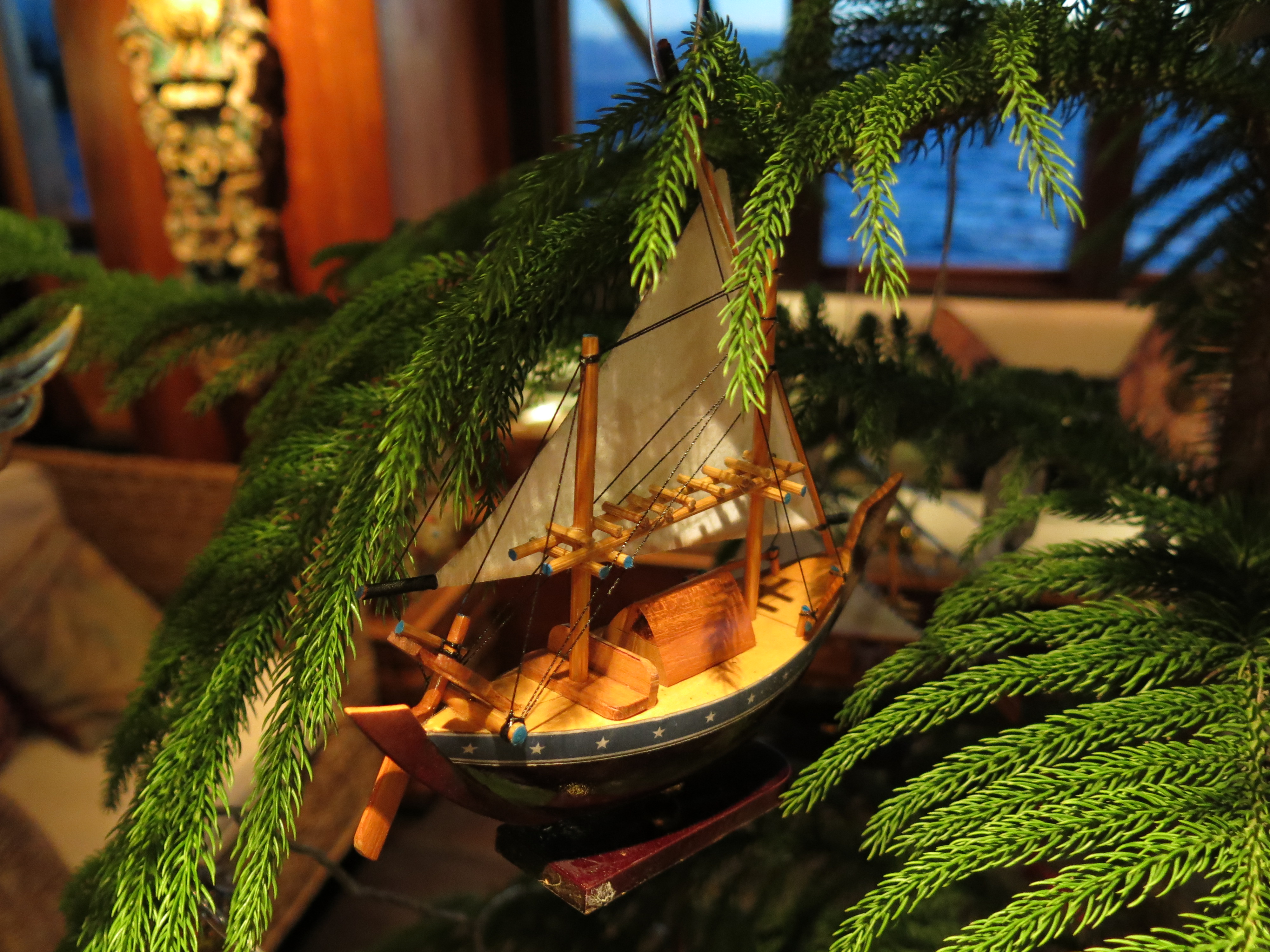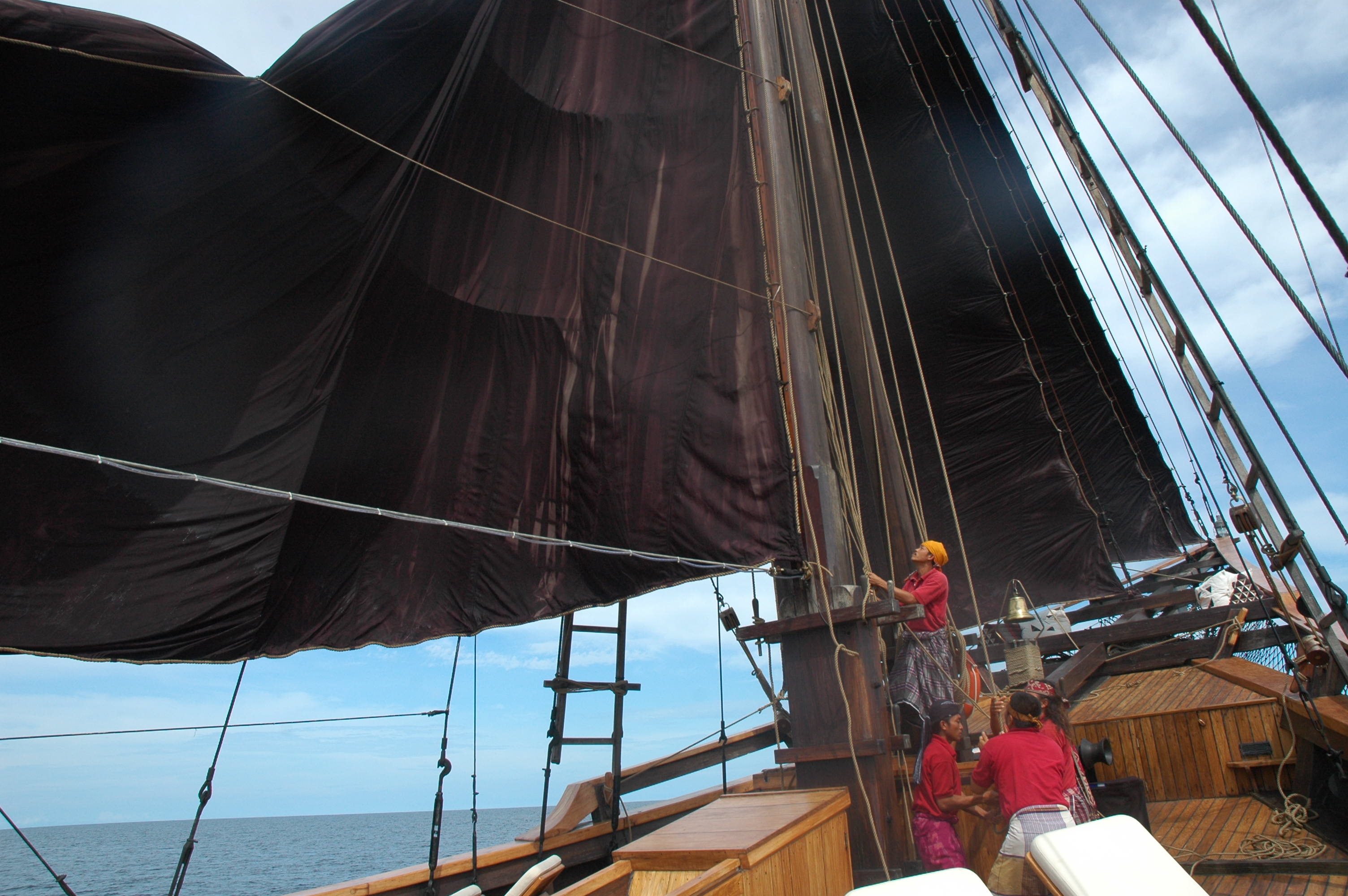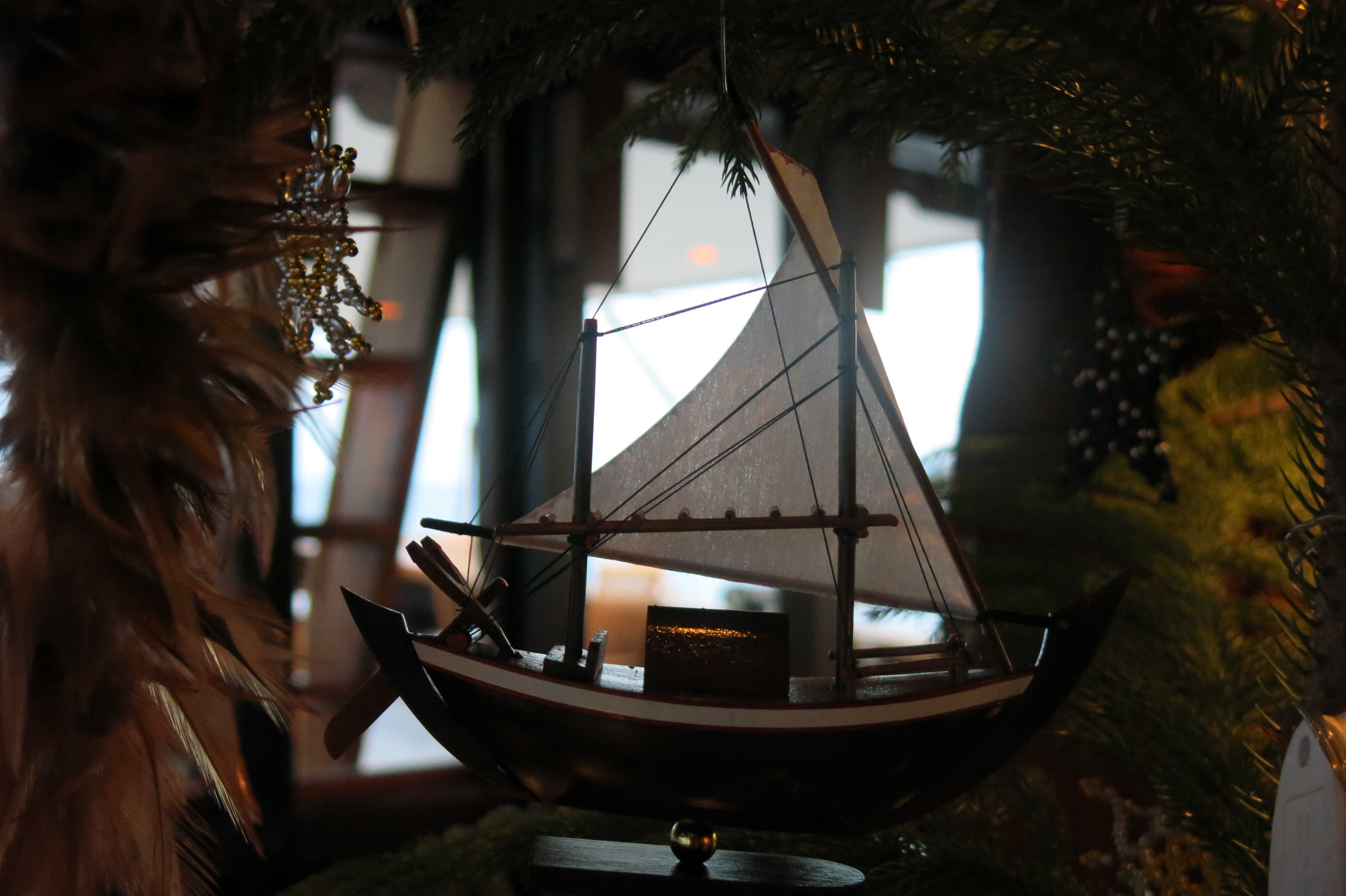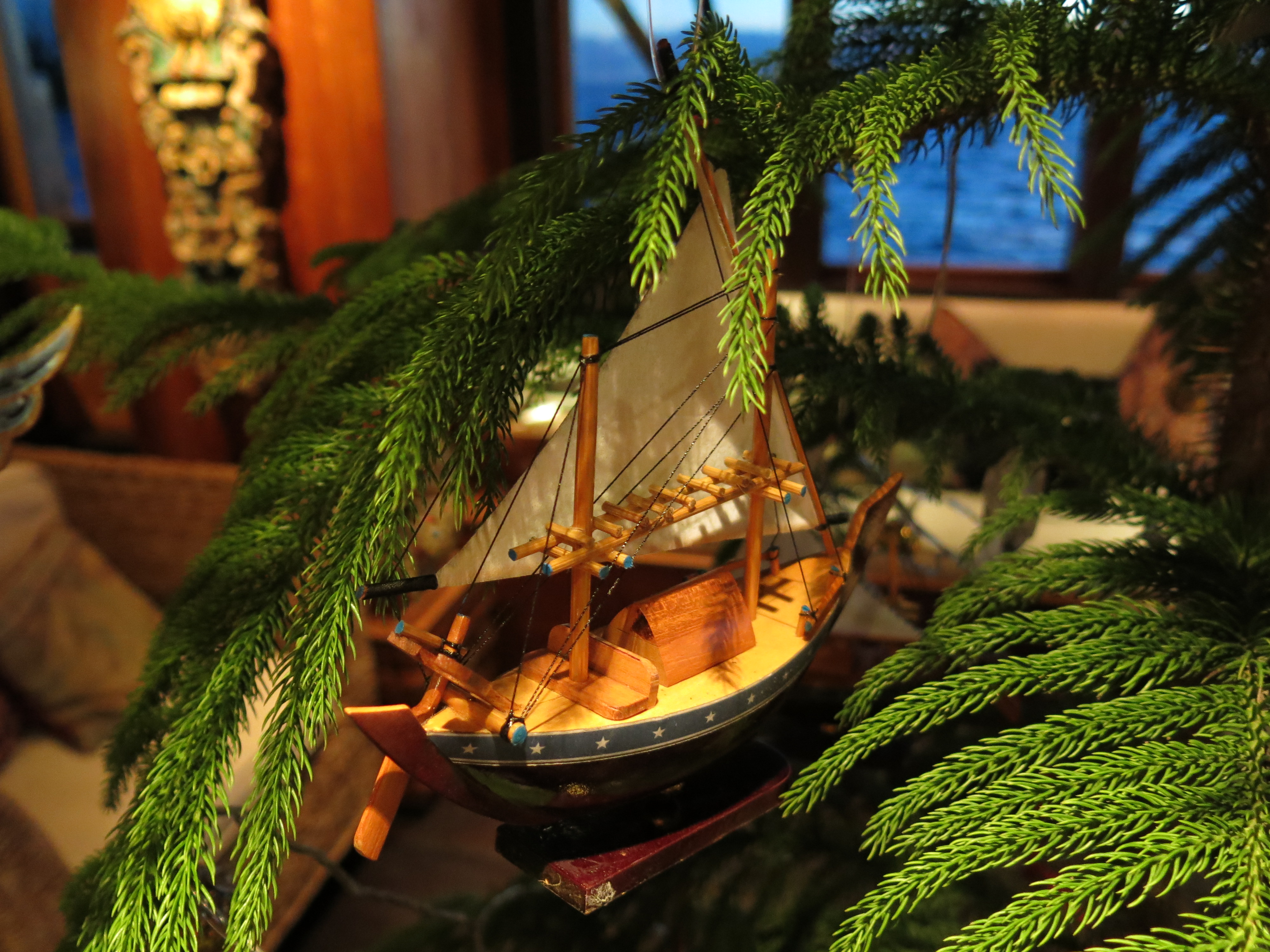Crafted by Hand: The Intricate Journey of Building Traditional Phinisi Yachts
Unveiling the time-honored artistry behind Indonesia’s most iconic seafaring masterpiece.
Where Heritage Meets Horizon
In the remote coastal villages of South Sulawesi, something extraordinary happens—something you won’t find on assembly lines or in modern shipyards. Here, among swaying coconut palms and the rhythmic crash of waves, the phinisi yacht is born. Not as a product, but as a living legacy, woven from the ancestral knowledge of seafarers, artisans, and storytellers.
When you step aboard a phinisi with Silolona Sojourns, you enter a world where each plank of wood tells a tale, each sail echoes history, and every voyage becomes a tribute to a seafaring culture that has weathered both time and tide.
This is not just a ship. This is Indonesia’s cultural soul—crafted by hand, destined for the sea. But how is a phinisi built traditionally? The story unfolds in the whispers of the wind, the wisdom of ancient boatbuilders, and the sacred rituals of the sea.
A Sacred Tradition: Craftsmanship Rooted in Cultural Rituals
At the heart of every phinisi lies a deeply spiritual narrative. For the Bugis and Konjo tribes, the art of boatbuilding transcends craftsmanship—it is an act of devotion and cultural preservation.
Spiritual Beginnings: Rituals of Respect and Harmony
Phinisi construction begins long before timber meets tool. Boatbuilders, known as panrita lopi, consult spiritual leaders and astrologers to determine the most auspicious date to begin. Ceremonial offerings are made to the sea gods, seeking safe passage and harmonious construction.
As explored in Satrio & Yanuar (2021, Journal of Maritime Culture), these rituals are essential to maintaining the balance between man, nature, and the divine. A phinisi is seen not merely as a vessel, but as a living entity, possessing a soul that must be honored throughout its creation.
Knowledge Passed Through Generations, Not Blueprints
In a world dominated by technology, phinisi building remains a rare bastion of intuitive craftsmanship. There are no architectural drawings or engineering manuals—skills are inherited verbally, through observation and apprenticeship. Each master builder knows the precise curvature required to slice through waves, the ideal timber placement for durability, and the perfect sail configuration for equatorial wind patterns. This human wisdom, honed over centuries, forms the invisible backbone of every phinisi.

From Forest to Shipyard: The Sacred Journey of Timber Selection
A phinisi’s story begins deep within Sulawesi’s ancient forests, where the choice of wood is guided by both practical expertise and spiritual reverence.
Selecting the Soul of the Vessel
Builders use ironwood (ulin) for the keel and lower structures—celebrated for its unmatched durability and resistance to marine organisms—and teak (jati) for upper sections, prized for flexibility and weather resistance. Trees are chosen based on age, straightness, and alignment with the surrounding ecosystem.
According to Wijaya (2022, Journal of Indonesian Cultural Studies), the boatbuilders interpret the natural “energy” of each tree, understanding that the future of the vessel depends on a harmonious relationship between timber and sea. Timber harvesting follows sustainable practices, respecting local taboos against over-harvesting and ensuring regrowth for future generations.
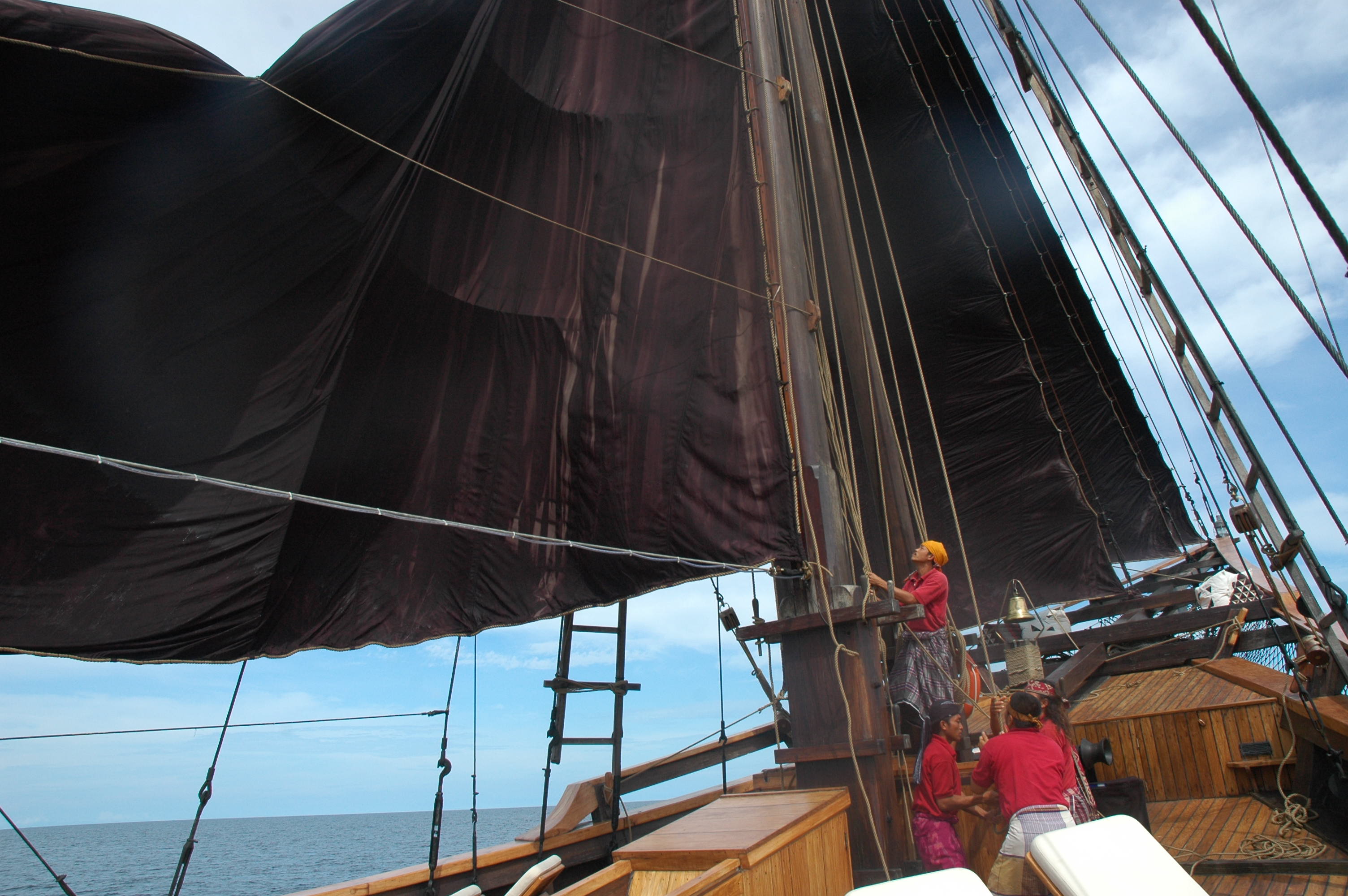
Built by Hand, Bound by Tradition: The Unique Construction Process
Unlike modern vessels welded with metal and sealed by industrial adhesives, a traditional phinisi is a symphony of wooden craftsmanship, where every connection tells a story.
The Art of Joinery: Strength Without Nails
One of the most mesmerizing aspects of traditional phinisi construction is the absence of nails. Instead, builders employ a method called pasak, joining thick planks with carefully carved wooden dowels. This allows the hull to expand and contract with the ocean’s movement, creating unmatched resilience in tropical waters.
Keel First Philosophy: A Sacred Sequence of Assembly
Construction begins with the keel, often referred to as the ship’s “backbone,” laid directly on the beach during low tide. The hull is then constructed upwards, with craftsmen working rhythmically in teams—one group shaping the planks, another drilling and fitting the pasak, and a third carving intricate decorative motifs.
Guillemard et al. (2020, International Journal of Nautical Archaeology) note that the assembly rhythm of the Bugis boatyards is unique in the world—blending function with cultural expression.
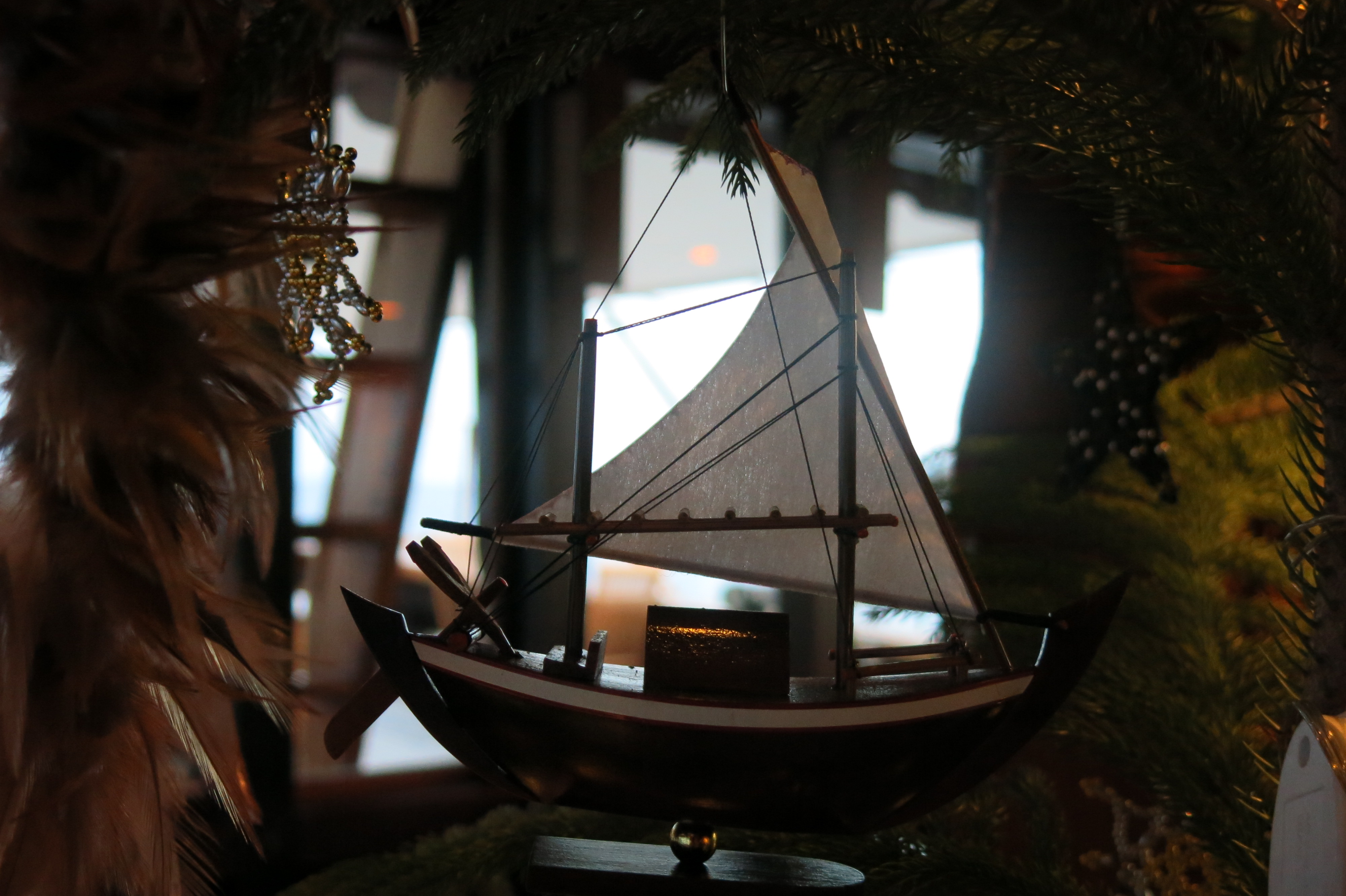
Timeless Finishing Touches: Carvings, Sails, and Soul
The final stage transforms the phinisi from a structure of wood into a living work of art.
Sailing Heritage in Every Detail
Two majestic masts rise skyward, dressed in traditional tané’ sails, designed to capture both equatorial breezes and monsoon winds. Every sail is hand-stitched, every rope intricately knotted by artisans who understand the dance of the winds.
Carvings as Ancient Language
Elaborate carvings adorn the phinisi, especially along the prow and stern—symbols of protection, prosperity, and maritime wisdom. Each motif is passed down through generations, encoding ancient stories of navigation, ancestry, and the relationship between man and nature.
Why Sailing on a Phinisi is a Transformative Experience
When you embark on a phinisi journey with Silolona Sojourns, you aren’t just sailing—you are becoming part of a centuries-old heritage. You feel it in the solidity of the hand-laid planks beneath your bare feet, in the way the sails whisper and billow, and in the soulful craftsmanship that surrounds you.
This is authentic, slow travel at its most intimate—luxury interwoven with history, and indulgence elevated by cultural significance.
Sail the Indonesian Archipelago with Silolona Sojourns
At Silolona Sojourns, we offer more than just world-class yacht charters—we offer access to Indonesia’s rich maritime legacy. With over 30 years of expertise, we curate bespoke cultural and adventure journeys aboard hand-crafted phinisi yachts, seamlessly blending comfort with authenticity.
From the remote coral gardens of Raja Ampat to the spice-scented breezes of the Banda Sea, your voyage will be a living celebration of craft, culture, and the sea.
Book your cultural voyage today and discover what it truly means to sail in harmony with heritage.
